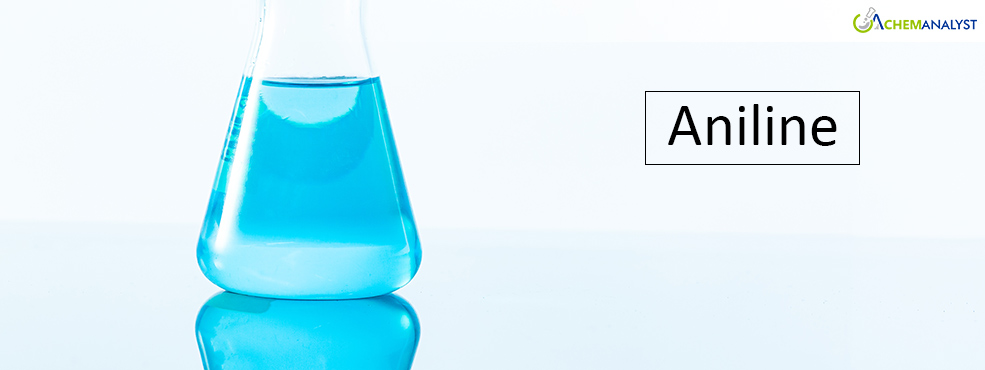Aniline Demand Subdued in Europe, Recovery Projected by Mid-Q1 2025
- 17-Jan-2025 4:30 PM
- Journalist: Emilia Jackson
Aniline production in Europe remained stable despite moderate feedstock availability, influenced by rising Brent crude prices and supply disruptions at key ports. Economic challenges, including a decline in manufacturing output and a slowdown in the construction sector, led to subdued demand for Aniline in the MDI and paints sectors. However, the European Aniline market is expected to rebound by mid-Q1, driven by strong demand, particularly as the Chinese market remains closed during the Lunar New Year. Limited feedstock availability may continue to impact production, though Aniline orders from the Pharma sector are anticipated to rise towards the end of Q1.
Aniline production rates were stable in the European region amid moderate availability of feedstock Benzene, influenced by rising Crude Oil prices, particularly Brent crude, driven by a larger-than-expected U.S. inventory drawdown and positive economic expectations from China.
Concurrently, manufacturing output in the Eurozone experienced a significant decline, marking the steepest drop since October 2023, with Southern nations like Spain and Greece showing resilience, while Germany, France, and Italy faced continued challenges. Supply disruptions in Europe were exacerbated by increased congestion at key ports like Rotterdam, Antwerp, and Hamburg, along with weather-related delays and Aniline supplies remained moderately low to the buyers.
Meanwhile, Aniline demand from MDI industries for polyurethane production remained subdued in December 2024 due to ongoing economic challenges and a steep contraction in housing activity in the European construction sector. The construction activity indexes rose slightly, but remained well below the growth threshold, marking the consecutive months of decline. Housing activity faced its steepest contraction since September, while commercial and civil engineering sectors saw marginally slower declines.
Similarly, Aniline's orders to produce dyes and pigments for the paints sector remained stable, though cost-cutting measures by companies like AkzoNobel and BASF impacted orders. In Europe, the paints and coatings sector showed resilience amid economic challenges, with strategic shifts such as factory closures and workforce reductions. Companies like Hempel pursued investments to accelerate growth, indicating a focus on operational efficiency and sustainable innovation.
However, the European Aniline market is anticipated to rebound by mid-Q1, driven by firm demand from buyers, especially as the Chinese market remains closed during the Lunar New Year holidays. Additionally, availability of Aniline supplies may remain constrained due to limited feedstock, which could impact production levels. While orders from the Pharma sector are expected to increase towards the end of Q1, overall supply might still be low, leading to potential challenges in meeting buyer demand. This combination of factors suggests a tight market with a gradual recovery expected through mid-Q1.



